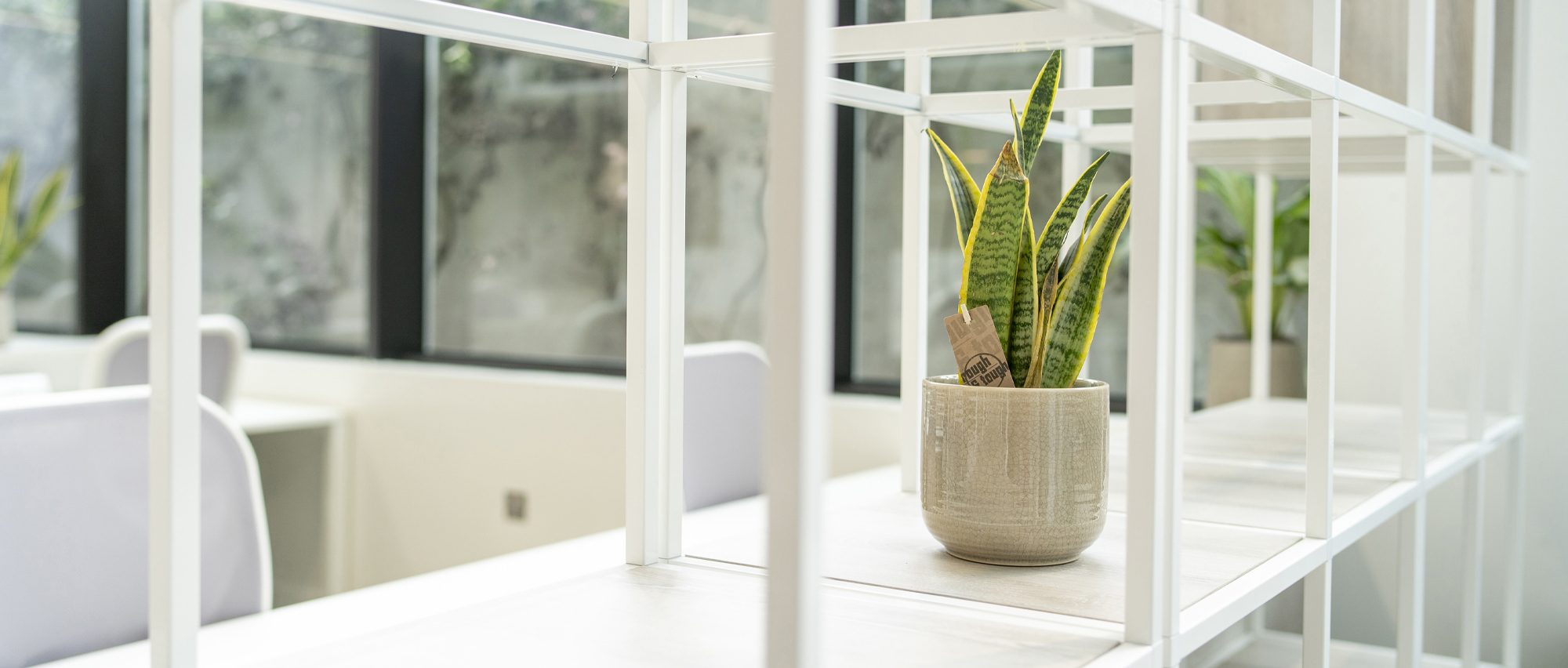
Queen Mary completes collaborative project with Corporeal Ltd to create an optimised cardiotomy suction system
Queen Mary has completed a collaborative project with Corporeal Ltd, which allowed the company to develop a proof of concept prototype to test against the current standard technology used in blood suction during cardiac surgery.
Suction can cause breakdown of blood (haemolysis) and contributes to Acute Kidney Injury, which occurs in up to 30% of all adult cardiac patients undergoing surgery. This project, funded by QMUL’s UEZ Pump-Priming-Fund, used CFD software simulations to successfully design and fabricate a prototype blood suction device, which was then tested in-vitro against standard technologies. The proof of concept prototype was effective at reducing haemolysis by 50% under the harshest suction conditions. This innovation allows the surgeon to maintain visibility in the surgical field at all times whilst reducing the damage to the patient’s blood.
This project agreement was supported by Queen Mary’s Business Development team, who work to connect the University’s academics with private sector organisations who can benefit from our world-class research expertise.
The partnership
By partnering with QMUL, Corporeal benefitted from world-class research expertise and facilities, which enabled innovation in the field of patient care during and post-cardiac surgery.
The partnership enabled generation of a prototype blood suction device which was tested in-vitro, in conditions that mimic cardiac surgery and has provided a platform for further development of the prototype, to bring it closer to real-world testing for patient benefit.
The relationship with Queen Mary and support from the PPF scheme have been invaluable. By working together we’ve developed a device with real potential to improve surgical outcomes in some of the UK’s 30,000 adult cardiac procedures per year.
Corporeal’s expertise in cardiac surgery, and our experience in cardiovascular devices, have combined to great effect in creating this innovative device. I’m delighted with the success of the prototype and look forward to building on this successful collaboration into the future.

